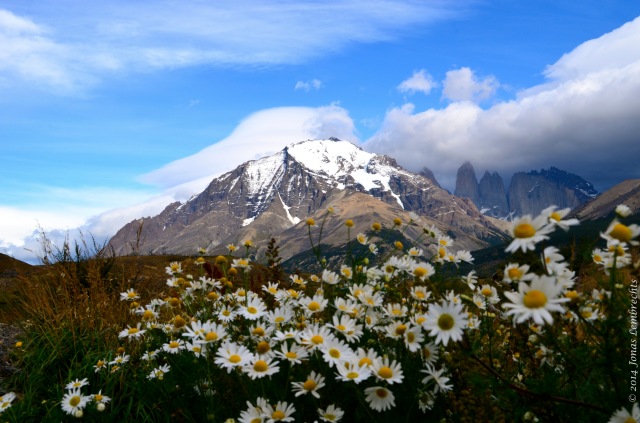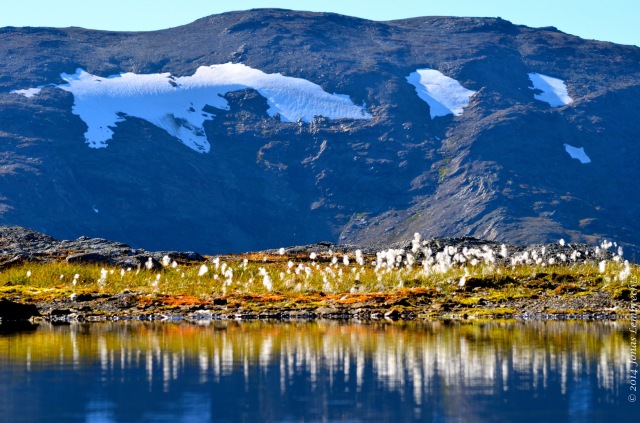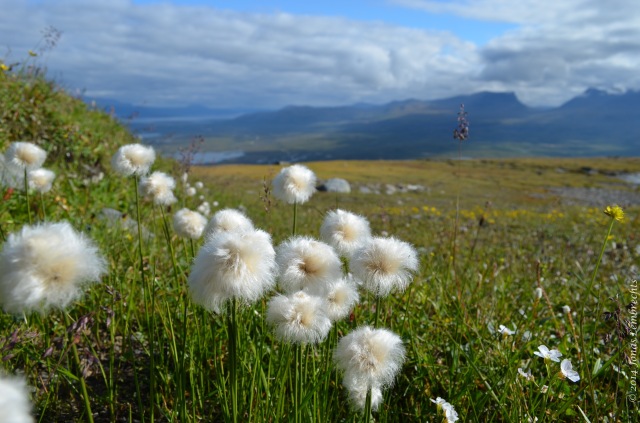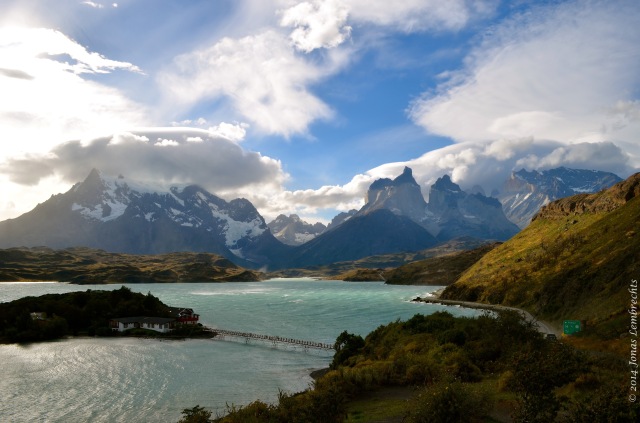
Our climate is changing, that much is clear. The main effect of this changing climate is that what once was balancing now starts shifting. As if our little world became a plate full of beer pulls, losing its balance on the shaking hands of an inexperienced innkeeper. One of the most obvious effects of climate change on plant and animal life is visualised in the shifting geographical ranges of many species.
Scientists have been hunting for these range shifts for years, resulting in a growing pile of scientific papers on the matter. Case after case, the hypothesis is clear: the climate is warming, so species will follow the track of these increasing temperatures: uphill and to higher latitudes, towards the arctic and alpine world. Indeed, more and more longterm experiments and observations bring exactly those patterns to light. These results are accompanied by the worrying message that the original inhabitants species of the invaded cold environments themselves don’t have anywhere to go.
As the proof of this invasion of heat-loving species adds up and the risk for the alpine and arctic vegetation becomes more apparent, it is easy to forget that some species might act opposite of our expectations. An important amount of species indeed seems to hurry uphill, but an as important (albeit smaller) group in the meantime moves downwards, against all odds.
For years, this lasts group has been pushed aside as a mere statistical side effect, nothing more than noise on the data, the inevitable variance around a positive average. Concluding as such however ignores the importance of this group of species. Climate change includes more effects than only this warming trend. Not only temperatures change, but the climatic water balance undergoes drastic alterations as well. In several dry areas, precipitation patterns might even be more influential than the warming effect. In that case, those changing precipitation levels can unexpectedly push species downhill, in a hunt for similar climatic conditions.
There are alternative explanations for these patterns as well. A lot of species are for example not limited by the climate at the warm side of their distribution. They only taste defeat due to competition with faster growing species. As a result of the changing climate, however, those competitive dominances start shifting, which creates new opportunities at these lower range edges.
Bottom-line is that most effects in ecology might and will be in different directions at once. As a scientist, it is important to keep this in mind and give the unexpected minority the attention it deserves. I stumbled on this story when I was looking at the expected distribution shifts of invasive species in the mountains. The lesson is clear: better not forget to look downhill once!
I hope to bring you more on that matter as soon as some more stories make it through the review process. Until then, all the cool action is going on here!
Two relevant reads:
Crimmins, S. M., Dobrowski, S. Z., Greenberg, J. A., Abatzoglou, J. T. & Mynsberge, A. R. (2011) Changes in Climatic Water Balance Drive Downhill Shifts in Plant Species’ Optimum Elevations. Science, 331, 324-327. (here)
Lenoir, J., Gegout, J.-C., Guisan, A., Vittoz, P., Wohlgemuth, T., Zimmermann, N. E., Dullinger, S., Pauli, H., Willner, W. & Svenning, J.-C. (2010) Going against the flow: potential mechanisms for unexpected downslope range shifts in a warming climate. Ecography, 33, 295-303. (here)
January 22, 2015








